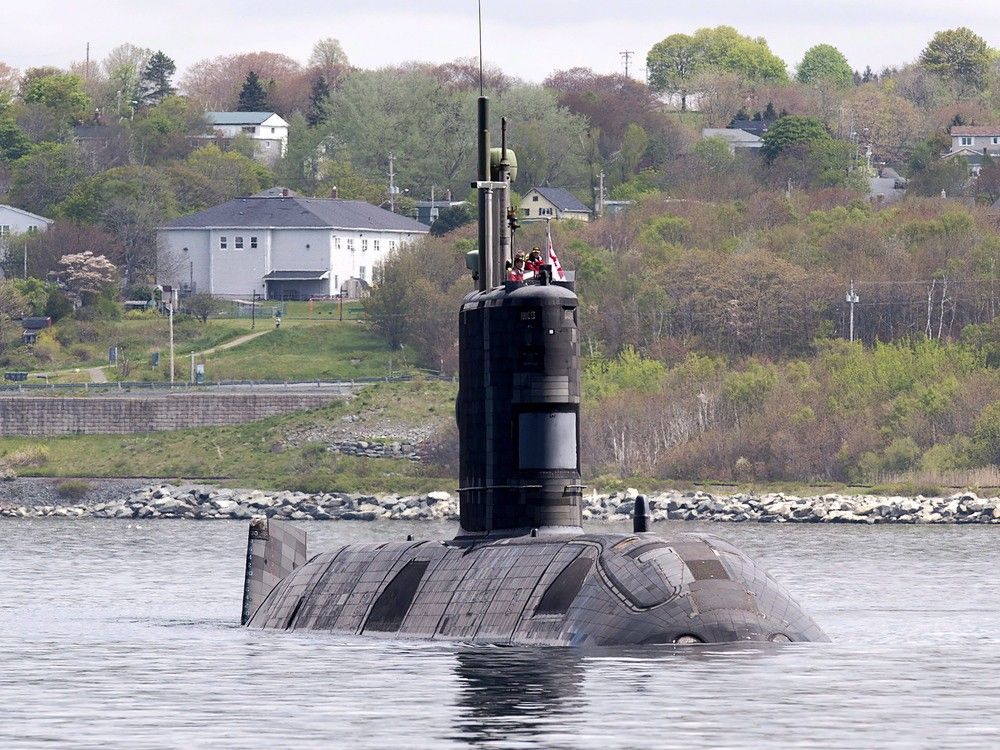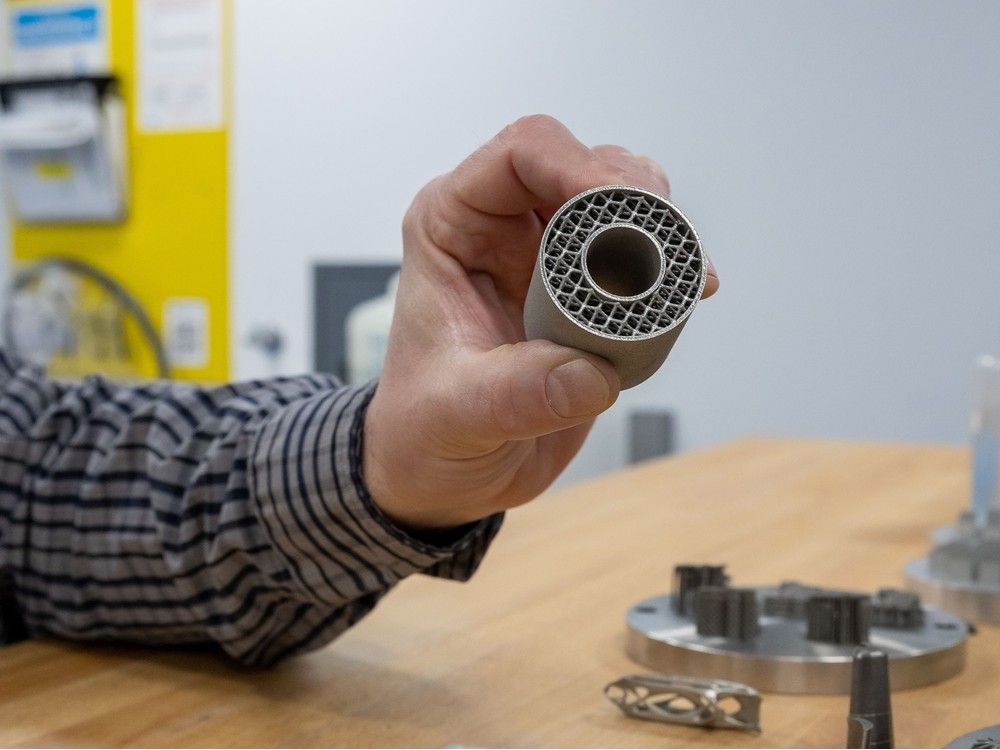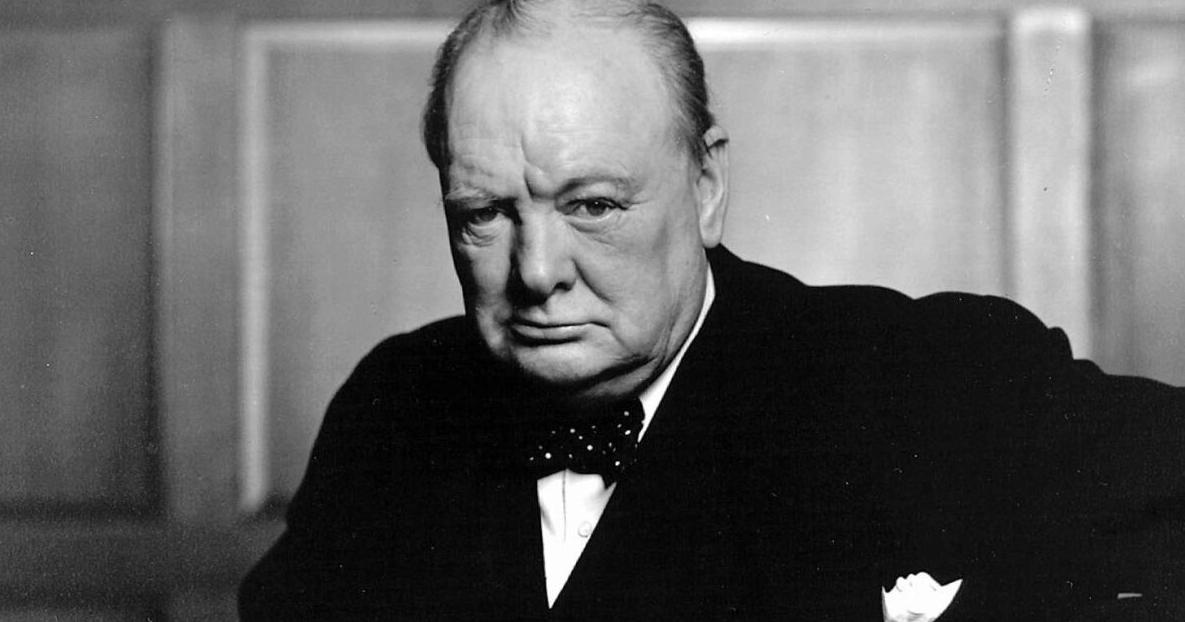Engineers are experimenting with using 3D printing to make parts for Canada’s 35-year-old submarines in an initiative designed to help keep supporting the boats for another decade.
The Royal Canadian Navy’s second-hand Victoria-class subs were built in the late 1980s and some parts are no longer available. The navy plans to keep the vessels operating until at least 2035, when it expects to receive the first of as many as 12 new submarines.
In the meantime, some parts have to be custom-built, causing delays and additional expense.
That’s where Paul Bishop, a materials engineer at Dalhousie University in Halifax, comes in. He is leading a research team supported by Defence Research and Development Canada as well as various companies in an effort to use an industrial-grade form of 3D printing to produce critical submarine parts.
“They have a very hard time sourcing replacement parts for those vessels, given their age,” Bishop said in an interview. “The idea is that, with the appropriate knowledge we are developing, one could potentially 3D print or repair replacement parts at a fraction of the cost and time and actually put the boat back in service under the right circumstances.”
Bishop said the $7-million project was about demonstrating that specific defence-grade alloys could be 3-D printed and then transferring that knowledge to companies that could support the Royal Canadian Navy.
“We are making a domestic eco-system for using metal 3D printing in the defence sector,” said Bishop, who will be discussing the technology at the CANSEC security tradeshow in Ottawa on May 28 and May 29, “so we don’t have to go to China, we don’t have to go to the United States. We can do it all in house, so to speak.”
Bishop and his team are examining specific alloys to see if they can be used for the process known as additive manufacturing. It takes about four days for the metal powders to be printed into a part and then they have to be heat-treated.
The results, so far, have produced parts that are the equivalent to traditionally forged metal parts.
Bishop said so far none of the test parts had been used in a submarine, but he noted that various firms involved in the project were making arrangements to commercialize the process. “It’s always been our goal from the onset to have some sort of component aboard a vessel within the next two years,” he added.

Once the process is in place, its use doesn’t have to be limited to submarines. “The idea is, if we can showcase the technology on the Victoria-class platform, that could easily expand to any other platform that uses the same alloys,” Bishop said.
The Victoria-class subs have been controversial. The Royal Canadian Navy’s leadership recommended to then prime minister Jean Chrétien’s government that it purchase the four used submarines from the United Kingdom. Canada took delivery of the boats between 2000 and 2004.

The navy said it did a thorough examination of the vessels to ensure they met Canadian needs, but problems with the Victoria-class submarines started materializing almost immediately. High-pressure welds had to be replaced and cracks were found in some valves on the four submarines. Steel piping also needed to be replaced as the submarines had been put into storage in the United Kingdom with water in their fuel tanks. “The introduction of the Victoria class has been fraught with many issues and faced a number of setbacks,” a May 2009 report by the Royal Canadian Navy stated.
Critics have questioned the value of the submarines, pointing out they have cost billions of dollars and have not spent that much time at sea.
David Pugliese is an award-winning journalist covering Canadian Forces and military issues in Canada. To support his work, including exclusive content for subscribers only, sign up here:
ottawacitizen.com/subscribe
Related
- Stocks on new Canadian Ranger rifles are cracking and need to be replaced
- New Canadian Ranger rifle being put through its paces



